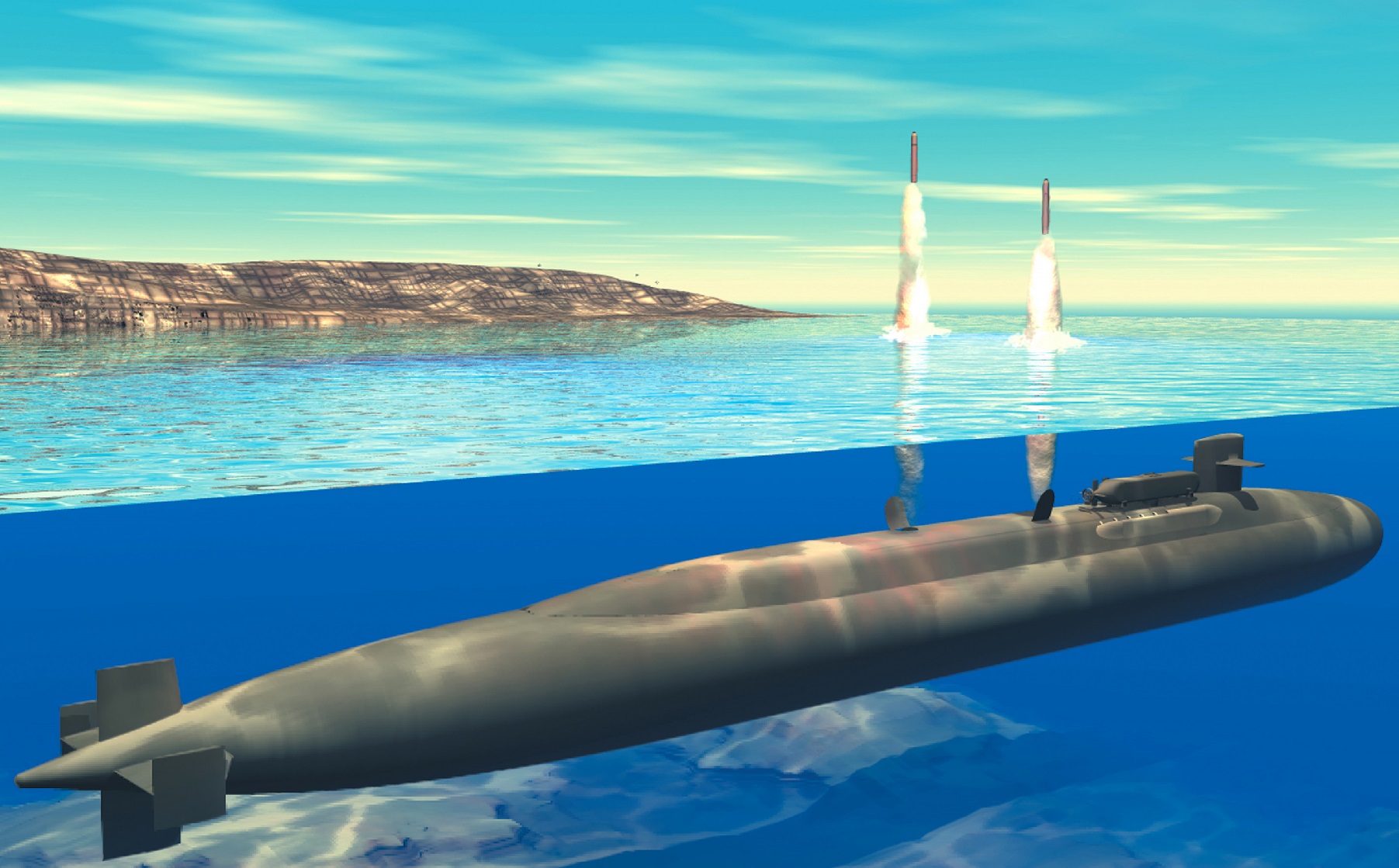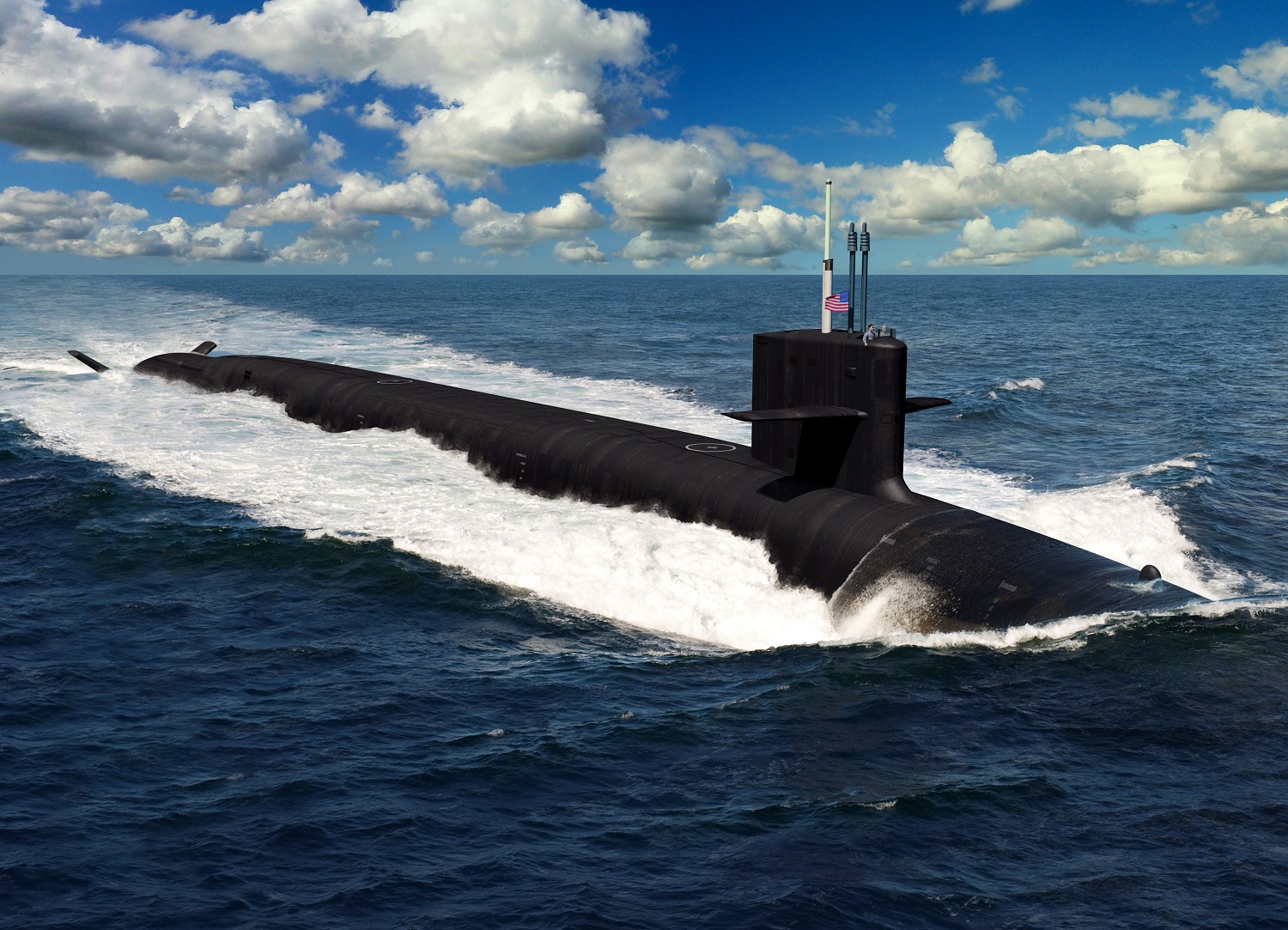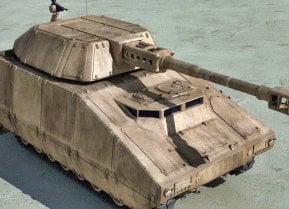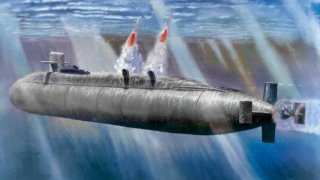Why the Navy's Dazzling Ohio-Class Submarine Can't Be Retired Just Yet
The Navy’s Ohio-class guided missile submarines (SSGN and SSBN variants) are a critical component of the service’s apparatus. While they were slated for retirement starting in 2027, that seems to be getting delayed.
The Ohio-Class Submarine Won't Likely Be Retired Just Yet - Earlier this year, the Government Accountability Office released a report detailing how a lack of statistical analysis for the U.S. Navy’s Columbia-class submarines could contribute to its delay to service.
The impending class of submarines is intended to replace the existing 14 Ohio-class nuclear-powered vessels inching toward the end of their service lives.
The Columbia class is one of the service’s top acquisition priorities and will be delivered by 2027.
Measuring 580 feet, these new submarines will be the largest ever built by the U.S. and are expected to remain in service for more than four decades once delivered.
Although the Navy hopes this class will set sail on time, the federal watchdog agency has suggested this original timeline is unattainable.
Without the introduction of the Columbia-class, its Ohio-class predecessors may have to sail longer to fill the service’s capability gap.
Introducing the Ohio-Class Submarine
Armed to the teeth with missiles and equipped with cutting-edge communications capabilities, the Navy’s Ohio-class guided missile submarines (SSGN and SSBN variants) are a critical component of the service’s apparatus.
These vessels provide the Navy with unprecedented strike and special operation mission capabilities, making up part of America’s nuclear-deterrent triad, along with strategic bombers and intercontinental ballistic missiles. In the 1970s, the Ohio class was designed to carry the Trident submarine-launched ballistic missile. While the first eight ships in this series were armed initially with two dozen Trident I C4 SLBMs, the remaining submarines were equipped with the newer and larger Trident II D5 missile. A single General Electric S8G nuclear reactor powers each Ohio-class submarine by turning two steam turbines, providing up to 60,000 horsepower to the ships. These submarines can remain submerged for longer periods of times and can travel at speeds of more than 30 knots.
Following the collapse of the Soviet Union and the end of the Cold War in the early 1990s, it was time for the Navy and other services to regroup priorities. The Department of Defense ordered the first Nuclear Posture Review in 1994, which determined that the U.S. only needed 14 out of its 18 SSBNs to meet the nation’s strategic force needs. As detailed by Military.com, the Navy ultimately transformed four of its Ohio-class submarines into conventional land attack and SOF platforms. Combined, the four SSGNs make up more than fifty percent of the Submarine Force’s vertical launch payload capacity. Each submarine in this class can carry up to 154 Tomahawk land-attack cruise missiles.
During the Cold War, missile submarines could spend as much as 70% of their time out at sea. However, due to the declining threat following the dissolution of the USSR, the average Ohio-class submarine now only carries out an average of 2.3 patrols (160-ish days out at sea) per year.

Although their time at sea has shortened, the Ohio-class submarines remain a critical component of America’s national security doctrine.
Introducing the Columbia-class submarines:
As the Ohio-class submarines inch closer to retirement, the Navy is working hard to develop its Columbia-class predecessors.
In fact, the service is planning to procure 12 Columbia-class ships for a staggering $132 billion.
While this price seems quite high, these new submarines will represent the largest and most complex ships in history. In 2007, the Navy collaborated with manufacturing giant General Dynamics Electric Boat to design the Ohio-class replacements.
Huntington Ingalls Industries Newport News Shipbuilding was also awarded contracts for the design and construction of the Columbia-class ships, serving as Electric Boat’s major subcontractor.

As detailed by Naval Technology, the impending Columbia ships will carry 16 D5 nuclear missiles at first, and later, boats will be installed with the enhanced D5LE2 ballistic missile. Naval Sea Systems Command has released additional design information. The new class will sport X-shaped stern control surfaces, sail-mounted dive planes, electric drive and perhaps a Submarine Warfare Federated Tactical System.
On paper, the incoming Columbia-class submarines appear to be cutting-edge and formidable. However, the introduction of these mighty vessels may take longer than the service had hoped. To prevent a gap, the Navy must introduce this class by 2027, as its Ohio-class predecessors are set to retire by 2027. If not, the Ohio-class ships will have to have their service lives extended in order to preserve the country’s defense.
About the Author
Maya Carlin is an analyst with the Center for Security Policy and a former Anna Sobol Levy Fellow at IDC Herzliya in Israel. She has by-lines in many publications, including The National Interest, Jerusalem Post, and Times of Israel. You can follow her on Twitter: @MayaCarlin.


